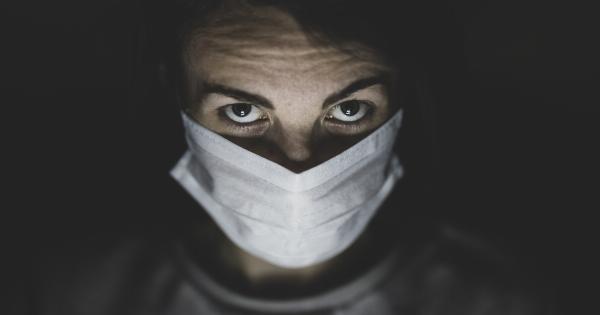Accidents happen unexpectedly, and being prepared to respond to emergencies can make the difference between life and death. Serious bleeding is a critical situation that requires immediate action.
Whether caused by a deep cut, a puncture wound, or a major injury, the priority is to stop the bleeding as quickly as possible to prevent excessive blood loss. This article provides valuable information on what to do when faced with serious bleeding and the necessary steps to ensure prompt and appropriate first aid.
Understanding the Severity of the Bleeding
Before taking any action, it is crucial to assess the severity of the bleeding. The appearance of bright red blood gushing out with force indicates arterial bleeding, which is the most severe and potentially life-threatening.
Venous bleeding, characterized by a steady flow of dark red blood, is less severe but still requires immediate attention. Capillary bleeding, resulting in a slow oozing of blood, is the least severe but can be concerning if persistent.
Call for Help
As soon as you realize that someone is experiencing serious bleeding, call for emergency medical services. Dial your local emergency number or instruct someone nearby to do it for you.
Time is of the essence, and professional medical assistance is essential in these situations.
Elevate the Wounded Area
To help reduce blood flow and slow down bleeding, elevate the wounded area above the heart level whenever possible. Elevating the limb or affected area can assist in decreasing blood pressure and ultimately reduce the bleeding rate.
Apply Direct Pressure
The first and most crucial step in managing serious bleeding is to apply direct pressure to the wound. Use a sterile dressing or clean cloth and place it directly on the wound. Press firmly with your hand to apply steady and continuous pressure.
If available, use a gloved hand to minimize the risk of infection. Maintaining pressure helps to promote clotting and control the bleeding.
Utilize Pressure Points
If the direct pressure does not effectively stop the bleeding, it may be necessary to apply pressure to specific pressure points.
Pressure points are areas where the artery is located close to the skin’s surface, making it easier to control blood flow. The most common pressure points include the brachial artery in the upper arm, the femoral artery in the groin, and the radial artery in the wrist. Applying pressure to these points can help slow down blood loss until professional medical help arrives.
Apply Tourniquet as a Last Resort
In extreme cases when bleeding cannot be controlled by direct pressure or pressure points, a tourniquet may be necessary. Only use a tourniquet as a last resort, as it can further damage tissues and should not be left in place for an extended period.
If a tourniquet becomes necessary, use a wide band or belt, place it above the wound, and tighten it until the bleeding stops. However, immediate medical attention should be sought as soon as possible, as tourniquets should only be used in urgent life-threatening situations.
Keep the Person Calm and Monitor Vital Signs
Maintaining a calm environment and reassuring the injured person can help prevent shock, which can worsen the situation. Shock often accompanies severe bleeding and can lead to decreased blood circulation and organ failure.
While waiting for medical help, monitor the person’s vital signs, including pulse rate, blood pressure, and breathing, and report any changes to the medical professionals when they arrive.
Do Not Remove Impaled Objects
If there is an impaled object, such as a knife or piece of wood, do not attempt to remove it. Removing the object could result in further blood loss and serious damage.
Stabilize the object by placing bulky dressings around it, which will help minimize movement and prevent additional injury.
Preventing Infection
After controlling the bleeding, preventing infection becomes a priority. Clean the area around the wound gently with clean water if available. Avoid using harsh antiseptics as they may cause further damage.
Cover the wound with a sterile dressing or a clean cloth to protect it from contamination until medical professionals can provide proper treatment.
Seek Professional Medical Help
While first aid measures are essential in managing serious bleeding, it is crucial to understand that they are temporary solutions. Seeking professional medical help as soon as possible is vital to ensure proper evaluation and treatment.
The doctors can clean the wound, stitch it if necessary, and assess the potential for internal damage or other associated complications.
Conclusion
Serious bleeding requires immediate action, and knowing how to respond can save lives.
By understanding the severity of the bleeding, calling for emergency medical assistance, applying direct pressure, and utilizing pressure points, you can significantly contribute to controlling the bleeding until professional help arrives. Remember to keep the person calm, monitor vital signs, and prevent infection. Lastly, seeking professional medical attention is essential to receive appropriate evaluation and comprehensive treatment.





























